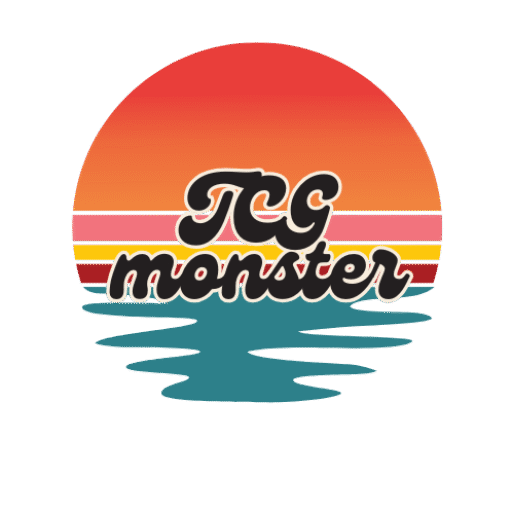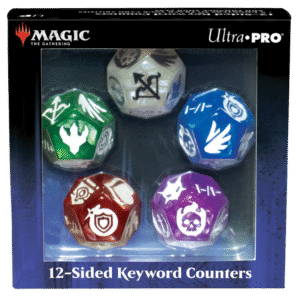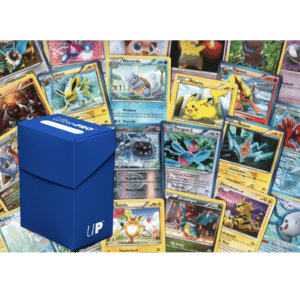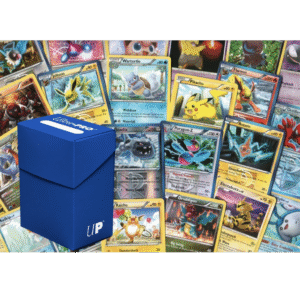If you’re new to Magic: The Gathering (MTG) and want to compete with confidence, building your first competitive deck can feel overwhelming. However, with the right guidance, you can create a powerful deck that suits your playstyle and stands up in tournaments. In this guide, we’ll walk you through the essential steps to build your first competitive MTG deck — step by step.
Why Building a Competitive MTG Deck Matters
Before diving in, it’s important to understand why building a well-constructed deck matters. A competitive deck not only maximizes your chances of winning but also enhances your overall enjoyment of the game. Moreover, it teaches you deck-building fundamentals that apply to every format, whether Standard, Modern, or Commander.
Step 1: Choose Your Format
First and foremost, decide which MTG format you want to play. Popular competitive formats include Standard, Modern, and Commander. Each has different rules, card pools, and strategies. For beginners, Standard is often the best starting point due to its smaller card pool and current meta focus.
Step 2: Pick a Deck Archetype
Next, select a deck archetype that matches your preferred playstyle. Common archetypes include:
- Aggro: Fast, aggressive decks aiming to win quickly
- Control: Decks that focus on disrupting opponents and controlling the game
- Midrange: Balanced decks that adapt to different situations
- Combo: Decks built around powerful card interactions to win in one or two turns
Choosing the right archetype helps streamline your deck-building process and informs card choices.
Step 3: Research the Meta
Once you know your format and archetype, research the current meta — the most popular and powerful decks in competitive play. Websites like MTGGoldfish and TCGMonster.com provide up-to-date meta analyses, decklists, and tournament results. This research helps you anticipate opponents’ strategies and build counters.
Step 4: Select Core Cards
After researching, start selecting your core cards. These include your key creatures, spells, and lands that define your deck’s strategy. For example, if you’re building an Aggro deck, focus on low-cost creatures and burn spells. In contrast, Control decks require counterspells and removal cards.
Step 5: Build a Balanced Mana Base
A solid mana base is crucial for competitive decks. Make sure you include enough lands — typically 24 in a 60-card deck — and consider mana-fixing cards like dual lands or mana artifacts to support your colors. Without a reliable mana base, your deck won’t perform consistently.
Step 6: Playtest and Refine
Next, test your deck against different opponents and decks. Playtesting reveals weaknesses and helps you identify which cards to swap or tweak. Don’t hesitate to adjust your decklist based on your experiences and changing metas.
Step 7: Sideboard Smartly
Finally, create a sideboard of 15 cards that allow you to adapt your deck between matches. Sideboards often include cards tailored to counter specific strategies or improve certain matchups. Learning how and when to use your sideboard is a key skill in competitive play.
Tips for Success
- Watch MTG Tournaments: Observing high-level play gives insight into effective strategies and card choices.
- Join Local MTG Communities: Playing with others can speed up your learning curve and provide feedback.
- Stay Updated: MTG formats and metas evolve, so keep up with new sets and rules changes.
Final Thoughts
Building your first competitive MTG deck is a rewarding journey that sharpens your strategic thinking and enhances your gameplay. By choosing the right format, archetype, and cards — combined with continuous playtesting — you’ll be well on your way to tournament success.
For more tips, decklists, and expert advice, keep following TCGMonster.com, your go-to source for all things Magic: The Gathering.




